Related Research Articles

Mountbatten-Windsor is the personal surname used by some of the male-line descendants of Queen Elizabeth II and Prince Philip, Duke of Edinburgh. Under a declaration made in Privy Council in 1960, the name Mountbatten-Windsor applies to male-line descendants of Queen Elizabeth II without royal styles and titles. Individuals with royal styles do not usually use a surname, but some descendants of the Queen with royal styles have used Mountbatten-Windsor when a surname was required.
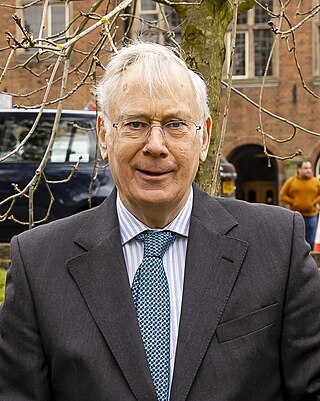
Prince Richard, Duke of Gloucester, is a member of the British royal family. He is the second son of Prince Henry, Duke of Gloucester, and Princess Alice, Duchess of Gloucester, and the youngest of the nine grandchildren of King George V and Queen Mary. He is 31st in the line of succession to the British throne, and the highest person on the list who is not a descendant of George VI, who was his uncle. At the time of his birth, he was 5th in line to the throne.
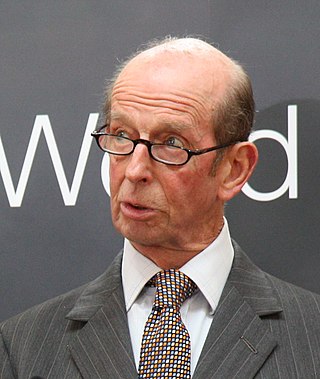
Prince Edward, Duke of Kent, is a member of the British royal family. The son of Prince George, Duke of Kent, and Princess Marina of Greece and Denmark, he is a grandson of King George V, nephew of King George VI and Edward VIII, and first cousin of Queen Elizabeth II. Edward's mother was also a first cousin of Prince Philip, Duke of Edinburgh, consort of Elizabeth II, making him both a second cousin and first cousin once removed to King Charles III. He is 41st in the line of succession to the British throne.
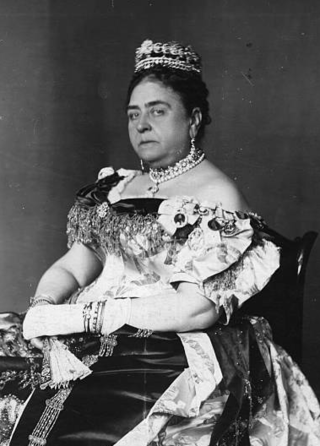
Princess Mary Adelaide of Cambridge, later known as the Duchess of Teck, was a member of the British royal family. She was one of the first royals to patronise a wide range of charities and was a first cousin of Queen Victoria.

Birgitte, Duchess of Gloucester, is a Danish-born member of the British royal family. She is married to Prince Richard, Duke of Gloucester, a grandson of George V.

Prince William Henry, Duke of Gloucester and Edinburgh,, was a grandson of George II and a younger brother of George III of the United Kingdom.

Fellowship of the Royal Society is an award granted by the Fellows of the Royal Society of London to individuals who have made a "substantial contribution to the improvement of natural knowledge, including mathematics, engineering science, and medical science".

The Mountbatten family is a British dynasty that originated as a British branch of the German princely Battenberg family. The name was adopted on 14 July 1917, three days before the British royal family changed its name from "Saxe-Coburg and Gotha" to "Windsor", by members of the Battenberg family residing in the United Kingdom, due to rising anti-German sentiment among the British public during World War I. The name is a direct Anglicisation of the German Battenberg, the name of a small town in Hesse. The titles of count and later prince of Battenberg had been granted in the mid-19th century to a morganatic branch of the House of Hesse-Darmstadt, itself a cadet branch of the House of Hesse.
Royal Highness is a style used to address or refer to some members of royal families, usually princes or princesses. Kings and their female consorts, as well as queens regnant, are usually styled Majesty.

The Battenberg family is a non-dynastic cadet branch of the House of Hesse-Darmstadt, which ruled the Grand Duchy of Hesse until 1918. The first member was Julia Hauke, whose brother-in-law Grand Duke Louis III of Hesse created her Countess of Battenberg in 1851, with the style of Illustrious Highness (H.Ill.H.), at the time of her morganatic marriage to Grand Duke Louis's brother Prince Alexander of Hesse and by Rhine. The name of the title refers to the town of Battenberg in Hesse. In 1858, the countess' title was elevated to Princess of Battenberg, with the style of Serene Highness (H.S.H.).
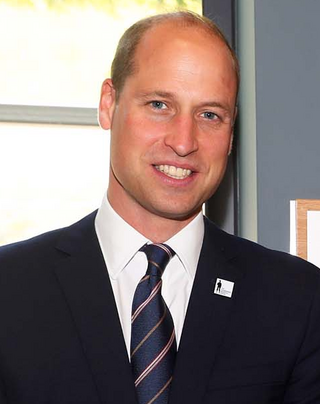
Prince of the United Kingdom of Great Britain and Northern Ireland is a royal title normally granted to sons and grandsons of reigning and past British monarchs, together with consorts of female monarchs. The title is granted by the reigning monarch, who is the fount of all honours, through the issuing of letters patent as an expression of the royal will.

The use of the title of Princess of the United Kingdom of Great Britain and Northern Ireland is entirely at the will of the sovereign, and is now expressed in letters patent. Individuals holding the title of princess are styled "Her Royal Highness" (HRH). The current letters patent were issued in 1917 during the First World War, with one extension in 2012.

Prince William Frederick, Duke of Gloucester and Edinburgh, was a great-grandson of King George II of Great Britain and the nephew and son-in-law of King George III. He was the grandson of both Frederick, Prince of Wales, and Edward Walpole. Prince William married Princess Mary, the fourth daughter of George III.

Princess Sophia of Gloucester was a great-granddaughter of King George II of Great Britain and niece of King George III.
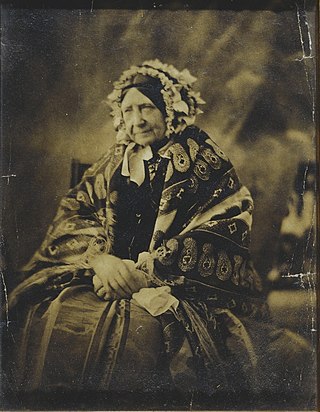
Princess Mary, Duchess of Gloucester and Edinburgh was the eleventh child and fourth daughter of King George III and his consort Charlotte of Mecklenburg-Strelitz.

St George's Chapel at Windsor Castle in England is a castle chapel built in the late-medieval Perpendicular Gothic style. It is a Royal Peculiar, and the Chapel of the Order of the Garter. St George's Chapel was founded in the 14th century by King Edward III and extensively enlarged in the late 15th century. It is located in the Lower Ward of the castle.
Since William the Conqueror claimed the English throne, succession has been determined by bequest, battle, primogeniture, and parliament.
Royal visits to New Zealand by members of the Royal Family have been taking place since 1869. The first member of the Royal Family to visit New Zealand was Prince Alfred, Duke of Edinburgh. Subsequently, there have been over 50 visits. The first reigning monarch of New Zealand to visit the country was Elizabeth II in 1953–54. In all, she visited New Zealand on 10 occasions, most recently in 2002.
References
- 1 2 "Royal Society scientists angered by Prince Andrew's election as fellow". The Guardian . 5 May 2013.
- ↑ "Royal Fellows of the Royal Society". The Royal Society. Archived from the original on 24 April 2014. Retrieved 25 April 2014.
- ↑ "His Royal Highness The Prince of Wales KG KT GCB OM FRS Royal Fellow". London: Royal Society. Archived from the original on 17 November 2015.
- ↑ "Her Royal Highness The Princess Royal Princess Anne KG KT GCVO GCStJ QSO GCL FRS Royal Fellow". London: Royal Society. Archived from the original on 17 November 2015.
- ↑ "His Royal Highness Prince Edward, Duke of Kent KG GCMG GCVO ADC(P) FRS Royal Fellow". London: Royal Society. Archived from the original on 17 November 2015.
- ↑ "His Royal Highness Prince William, Duke of Cambridge KG KT ADC(P) FRS Royal Fellow". London: Royal Society. Archived from the original on 17 November 2015.
- ↑ "His Royal Highness Prince Philip, Duke of Edinburgh KG Kt OM GBE FRS Statute 12". London: Royal Society. Archived from the original on 24 November 2015.
- ↑ "His Royal Highness Prince Andrew, Duke of York KG GCVO FRS Royal Fellow". London: Royal Society. Archived from the original on 17 November 2015.
- ↑ "A right Royal cock-up. Prince Andrew elected to the Royal Society". dcscience.net. Archived from the original on 13 April 2015.
- ↑ "A statement from Buckingham Palace regarding The Duke of York". The Royal Family. 13 January 2022. Retrieved 13 January 2022.
- ↑ "Fellow Details (Ferdinand Albert (1636–1687); Duke of Brunswick)". Library Collection. The Royal Society.
- ↑ "Fellow Details (George IV (1762–1830); King of Great Britain and Ireland )". Library Collection. The Royal Society.